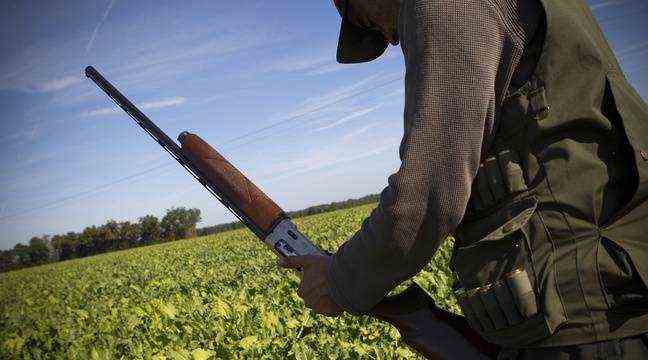A motorist shot while driving on the four-lane between Rennes and Nantes. A 29-year-old walker hit in the chest by a stray bullet in Haute-Savoie. What do these two miscellaneous facts have in common? In either case, the first elements of the investigation suggest that these are accidents linked to hunting. While this theme is invited into the debates of the 2022 presidential election, is the security around this leisure activity, which brings together some 800,000 French people, sufficient?
Decrease in hunting accidents
According to’French Biodiversity Office (OFB), which issues hunting licenses and lists accidents, 505 fatal accidents have been recorded in 22 years. “The number of accidents has reduced considerably in recent years”, insists Olivier Chauvel, lawyer specializing in hunting law at the Rennes bar. This decline has indeed been constant since 2000: from 34 fatal accidents per year between 1998 and 2003, we have fallen to 12 deaths per year between 2015 and 2020, according to the OFB.
The National Federation of Hunters also has 75% fewer fatal accidents per year since 1998, and welcomed a historically low figure for the 2020-2021 season, “80 accidents including 7 fatal”. A result to be qualified due to the various containment or curfew measures. The fact remains that according to the OFB, the number of non-lethal accidents has also fallen by 71% since 1999. If the 2019-2020 season was more accident-prone (136) than the previous one (131), their number remains below average of the past 20 years, which is 158 per year. Anti-hunting activists nevertheless recall that the figures published each year do not highlight the deaths that occurred several weeks or months after an injury, or even the material damage linked to this activity.
What are the current regulations?
“Things have changed a lot, a few decades ago it was enough to ask for the license to have it”, recalls Olivier Chauvel. Today, to obtain it, it is advisable to pass, after a period of training, a test composed of four practical workshops, then to answer a series of theoretical questions, to to be delivered the precious sesame. At each stage, questions, mainly related to security, are eliminatory. “When I passed it six years ago, we insisted a lot on security,” says the lawyer.
Since September, compulsory training every 10 years has been put in place to remind people of these rules. Even if the device has not yet captured many hunters, “this is going in the right direction, to bring security dogma into the minds of hunters,” said Charles-Eric Thoor, another specialist lawyer. The National Federation of Hunters is targeting 100,000 formations per year, and has already sent invitations to the oldest hunters. “The obligation to wear a fluorescent vest will also improve visibility”, and therefore safety, underlines the council whereas accidents concern 90% the hunters themselves.
Even before this training, “there were already many possibilities of losing it, such as not respecting the hunting plan or not wearing a bracelet when hunting big game”, explains Olivier Chauvel. Among the punishable behaviors, shooting during the stalking, on an unidentified animal or outside an angle of 30 °. “It is necessary to show the greatest severity” when these rules are not respected, considers the lawyer-hunter, evoking the case of the Isarian hunter who shot his friend.

